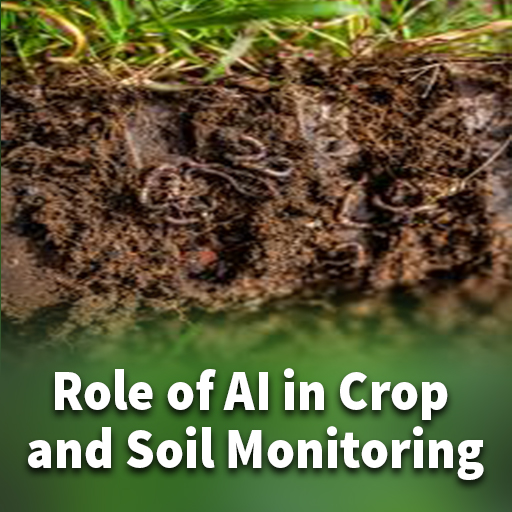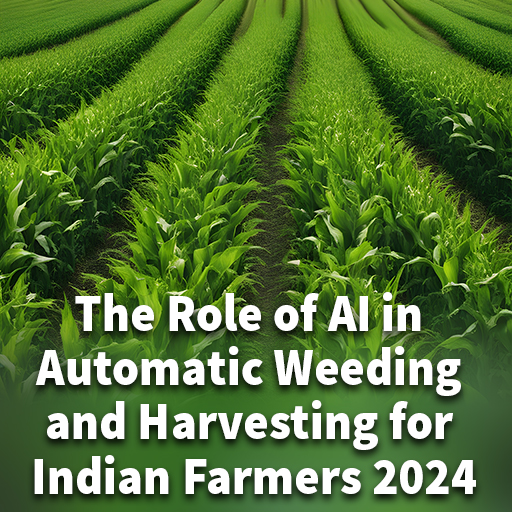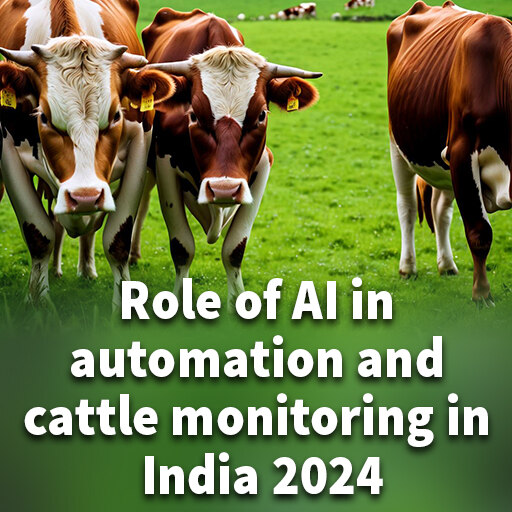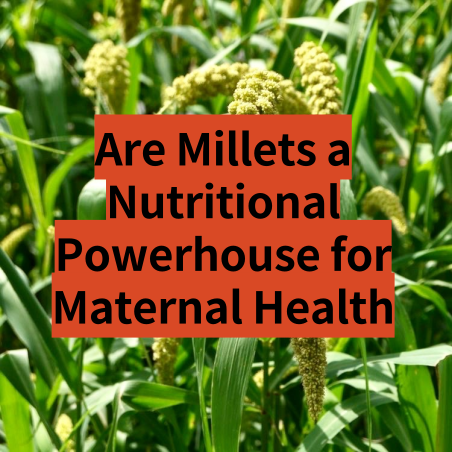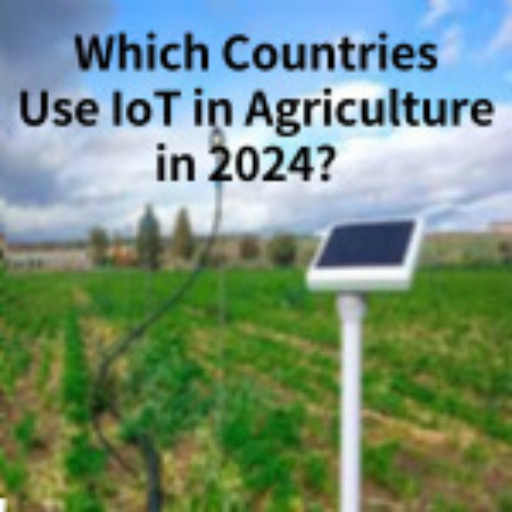Introduction
India, in particular, is revolutionizing the use of new technologies in farming due to its large agricultural expanse. The Power of AI in Crops and Soil Monitoring is one of the top Transformative Use Cases. Considering that the world is witnessing the era of growing food demand and ill trends are expected to emerge due to global climate changes and decreasing natural resources and the global trend of huge population growth, the Power of AI in Crops and Soil Monitoring is a catalyst for farmers.
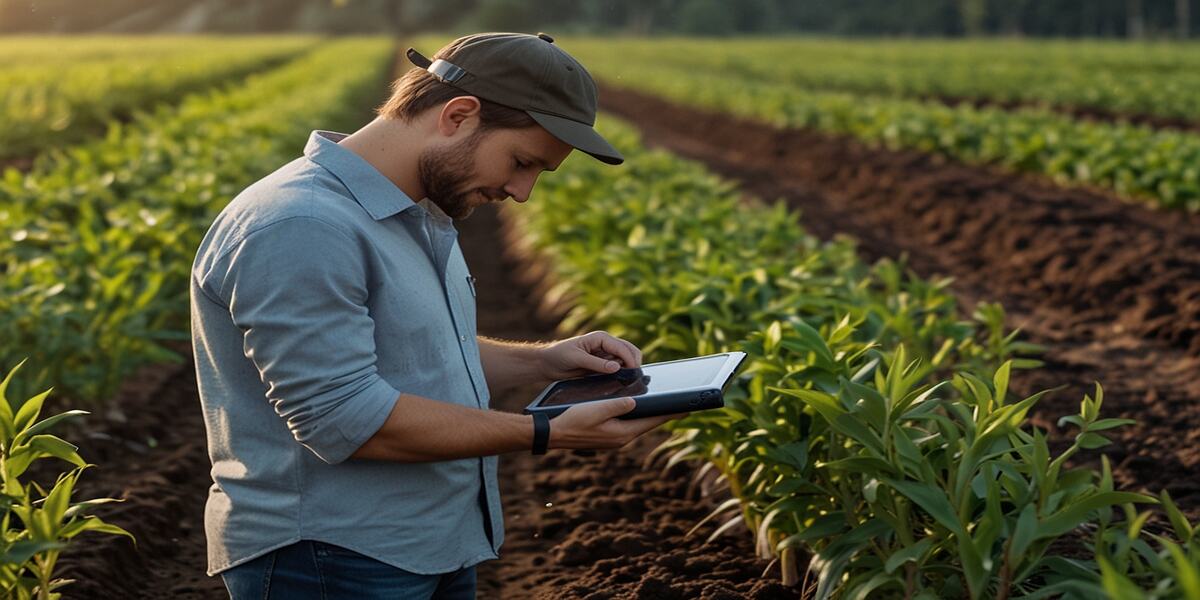
The role of Artificial Intelligence in Crop and Soil monitoring in Indian agriculture. Artificial Intelligence been of high technologies fast growing and being integrated into the day to day life both formal and informative
The Current State of Indian Agriculture
For decades as a nation, agriculture was categorized as labor-intensive and scout for farming by conventional methods in India. The dynamics associated with that status are fast evolving substantially with modern techniques. The compulsion to service there to more than 1.3 billion people is deriving elements in many fields to have higher yielding, lesser loss, sustainability in nature .
With all the adversities such as unpredictable weather patterns, water scarcity, soil quality degradation as a result of various practices and the increasing need for precision farming using that is essential to enhance the efficient utilization of resources, such as land, crop, soil, and other, the Indian farmer is not left with many choices. These challenges point to the need to adopt cutting-edge technologies, one of which has proven to be a game-changer in crop and soil monitoring: Artificial Intelligence.
Applications of Artificial Intelligence in Crop Monitoring
- Precision Agriculture:
- Precision agriculture refers to the application of Artificial Intelligence AI- driven technologies to improve crop farming field-level management. Farm sensors, GPS, and data analysis also provide farmers with information on crop variability, soil variability, and outside conditions variability. For example, farmers can now apply just the right amount of water, fertiliser, or pesticides.
- Crop Health Monitoring:
- Artificial Intelligence Artificial Intelligence opens ways for crop health monitoring too. Unmanned aerial vehicles can take aerial images of the fields using high-definition cameras, and machine learning models can analyse those images to identify if a crop suffers from a disease, lacks nutrients, or is being eaten by vermin. Such cameras are also able to scan larger areas in a shorter time, making early detection of vegetation problems affordable.
- Yield Prediction:
- Artificial Intelligence algorithms leverage the vast sum of historical and real-time data to predict crop yields with exceptional precision. Variables such as weather climates, soil health, and crop circumstances are taken into account to give farmers a digital view of the expected harvesting information. This is critical in planning, resource distribution, and strategic positioning in the market.
- Weed Identification and Management:
- AI-powered tools can not only differ between weeds and crops but also agriculture executives and farm drones may apply herbicides to eliminate the roots..
Applications of Artificial Intelligence in Soil Monitoring
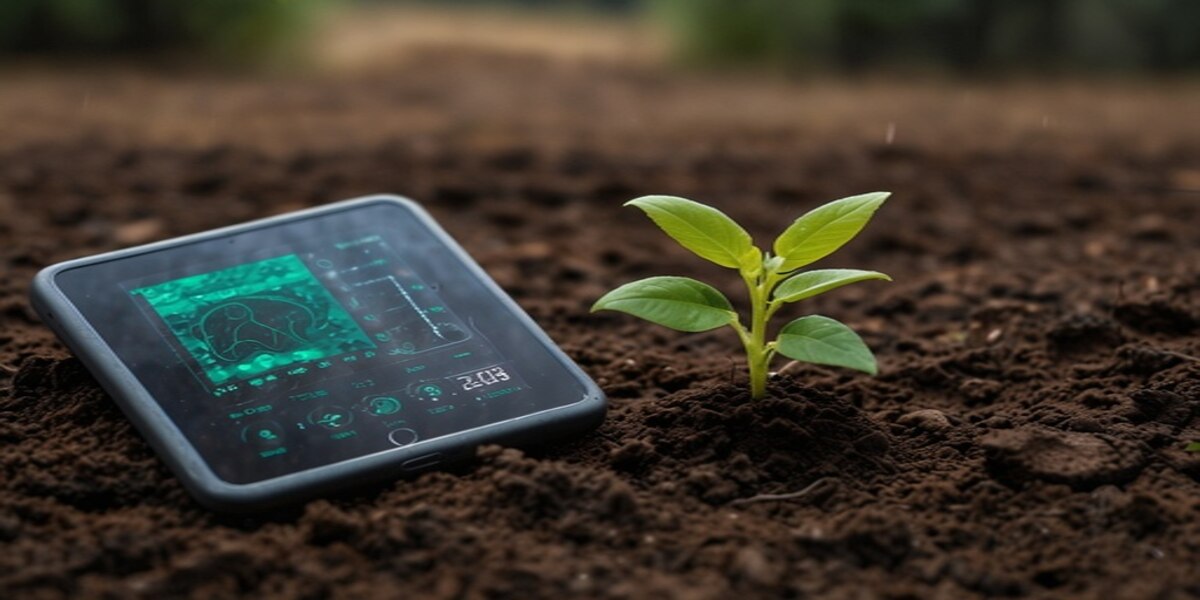
- Soil Health Assessment:
- Assessment and monitoring of soil health are important areas that Artificial Intelligence impacts. Sensors and IoT devices gather data on the soil’s anatomy and structure, as well as moisture and nutrients. Machine learning algorithms scrutinize the gathered data to produce trends and advice to the farmers, empowering them to make decisions on the best agricultural practices to conserve soil health.
- Nutrient Management:
- Moreover, Artificial intelligence ensures that farmers achieve optimum use of nutrients. Through the analysis of data gotten from the soil, the amount of fertilizer that needs to be applied can be determined. This helps in reducing overuse of fertilizers, which saves costs and reduces negative environmental impact, which is essential in sustainable farming.
- Soil Erosion Prediction:
- The prediction of soil erosion using Artificial Intelligence models is based on topography, rainfall, and land use patterns. Such predictions are necessary for coming up with measures to control erosion and ensure the ability to keep the soil fertile in the future.
Benefits of Artificial Intelligence in Indian Agriculture
- Increased Productivity:
- As a result, Artificial Intelligence technology enhances agricultural productivity through its accuracy and effectiveness. Farmers are able to maximise available resources and crop performance, resulting in increased output with less input.
- Resource Optimisation:
- Artificial Intelligence-driven insights enable farmers to precisely allocate resources such as water, fertilisers, and pesticides. This not only reduces waste but also addresses concerns related to water scarcity and environmental impact.
- Cost Reduction:
- Through crop and soil monitoring with the help of Artificial Intelligence, farmers can use invaluable data to cut costs. This includes wise use of inputs to quick turnaround in the face of diseases in crops, artificial intelligence cuts less than slash costs while it increases profits.
- Environmental Sustainability:
- Artificial Intelligence ecology. Various eco-friendly practices may be ensured by a decrease in the use of agri-chemicals, optimized water consumption, and dynamic disease prevention so that better environmental sustainability in farming practice can be delivered.
- Data-Driven Decision-Making:
- The enormity of data generated by Artificial Intelligence applications enables farmers to adopt data-based decisions. This transition from reliance on prior practices to data-based decisions puts power in the farm owner’s pocket through many insights which can assist in enhancing how the farm is managed overall.
Challenges and Considerations
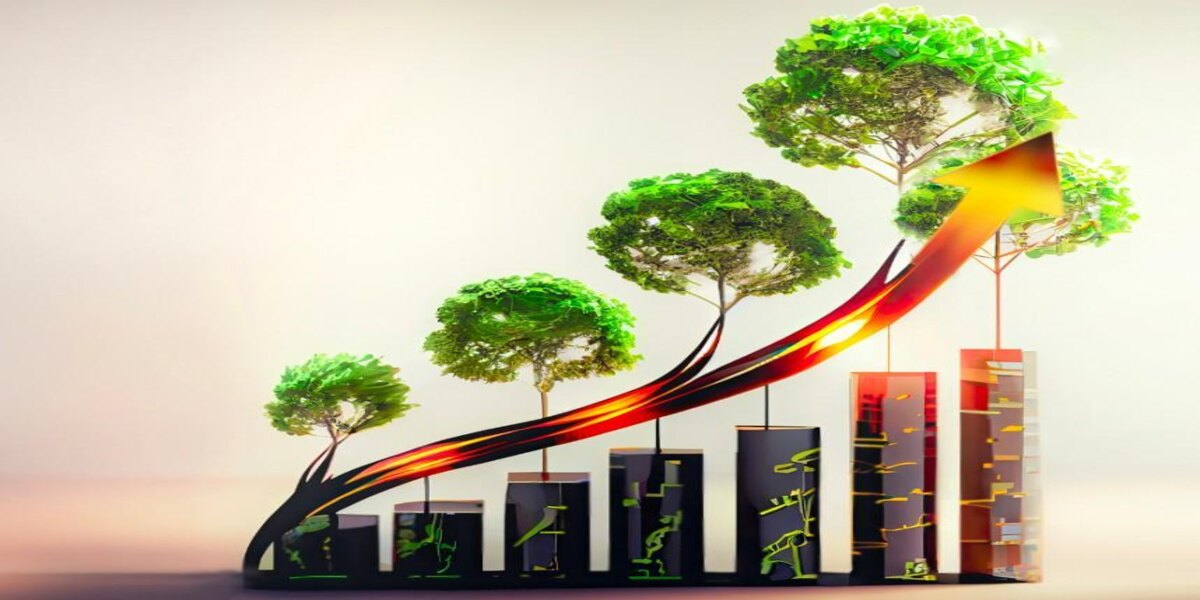
- Accessibility and Affordability:
- One of the crucial challenges is the accessibility and affordability of Artificial Intelligence technologies to all farmers, even smallholders. To do everything possible to promote their massive use, the governments and the private sector should address this problem.
- Data Security and Privacy:
- In the contemporary environment characterized by a heightened focus on data, the storage and analysis of vast volumes of data create the issue of data security and privacy. It is really important to implement strong frameworks and regulations that will protect farmer data from slipping into the wrong hands and prevent its misuse.
- Skill Development:
- Farming with Artificial Intelligence technologies will demand new skills from farmers’ perspectives; hence, they need proper training programs and educational initiatives to ensure they can efficiently and effectively use these tools.
- Interoperability:
- Finally, it is necessary to ensure that the integration of various Artificial Intelligence systems and technologies should be smooth. Only under such circumstances, it would be possible to provide a more holistic solution. In this case, it is also vital to use standardisation and interoperability to prevent compatibility issues and also better prepare for the transition to the agriculture of Artificial Intelligence.
Frequently Asked Questions (FAQs) for Harnessing the Power of AI in Crop and Soil Monitoring
How does Artificial Intelligence benefit small-scale farmers in India?
Small-scale farmers are helped by Artificial Intelligence through precision farming as it provides them with crop health monitoring and yield prediction tools. This intelligence platform assists in knowledge-based resource allocation, allowing small-scale farmers to make decisions with less waste and higher yields, enabling sustainable productivity.
How is farmer data protected in Artificial Intelligence applications?
Development of robust regulatory frameworks and guidelines: in order to secure the data, initiatives on promoting transparent datasets sharing, anonymisation, and data storage security have been established. More importantly, collaboration between government departments and private organisations has led to the establishment of strong data security protocols.
How can farmers in remote areas access affordable Artificial Intelligence technologies?
Government initiatives, subsidies, and private sector partnerships are all intended to facilitate access. Learning and training in advance provide the decision-making tool to the public to empower farmers. It also includes several other financing approaches, from equipment sharing to AI technology in a hub organized on the basis of the small community.

